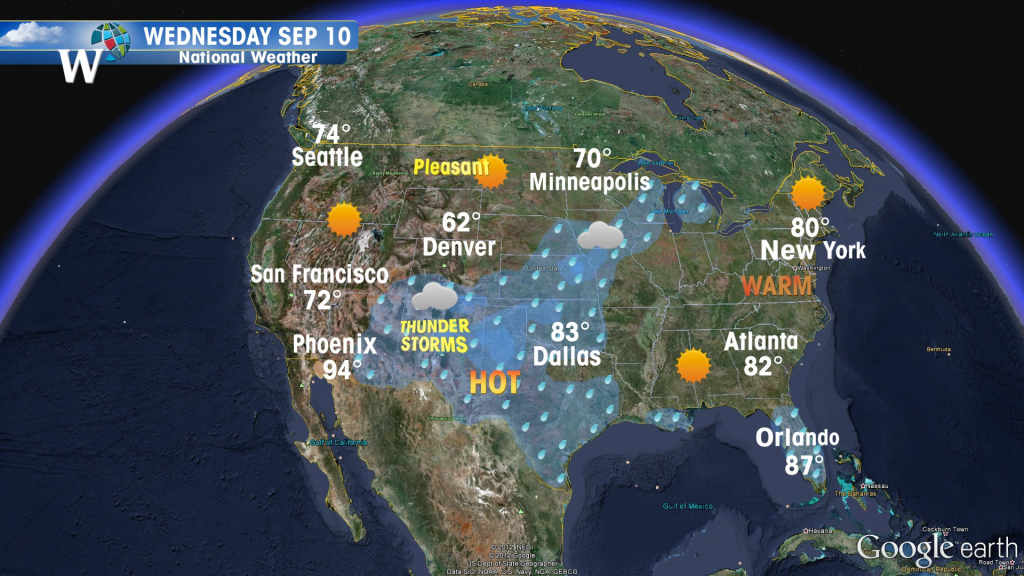

In northwest Spain, the old village of Aceredo began emerging from the depths of the Alto Lindoso reservoir in November 2021, at the beginning of what is now a severe drought. While some of the images this summer - graphic hunger stones being discovered in Germany, a 450-kilogram World War II bomb being removed from a riverbed in Italy and sheep taking shelter underneath a medieval bridge on the dried bed of the Guadiana River in Spain - are eye catching, Europe last saw a significant drought not that long ago, in 2018. The discoveries in other parts of Europe are more unusual, she said. “The stuff found in the Mediterranean is probably something we will get used to seeing, because there, we will have more and more of these very dry, hot years,” she said. Much of the growing crop of re-emerging artifacts and ruins are scattered over the Mediterranean, one of the few areas of the world with a “large drying,” Dr. Underwater rocks emerged from the waters of Lake Garda in August after northern Italy experienced its worst drought in 70 years. “I think that this year, because we have this heat combined with a drought - and also the heat was very extreme, we have all these rivers drying up - it makes it much more visual.” “Heat has always been a bit of a neglected or ignored extreme event because the impacts are not so obviously visible as with floods or storms,” she said. Malhi said.įriederike Otto, a senior lecturer at the Grantham Institute at Imperial College London, said the wide interest in shrinking riverbeds and reservoirs across Europe can be attributed to the visual impact of extreme heat. These sorts of events were largely expected around 2040, and to see them now strongly indicates that climate variability is occurring more rapidly than most thought, Dr. “As there is more energy in the atmosphere, we’re getting more and more extremes, whether it’s flooding extremes,” like in Pakistan, he said, “or drought extremes like we’re seeing in Europe, China and part of North America.” He added that if warming reaches 2 degrees or more, humans can expect to see far greater impacts than initially feared. Susana Vera/Reutersīecause humans have heated the planet about 1.1 degrees Celsius (2 degrees Fahrenheit), there is much more variability in the climate than expected, Dr. The Dolmen of Guadalperal, also known as the Spanish Stonehenge, reappeared in August as the waters of the Valdecanas reservoir receded in the outskirts of El Gordo, Spain. “It’s a sign that there are big shifts going on in the stability of the global climate and the regional weather that’s going to cause more and more stress on human systems and natural ecosystems.” “It’s hugely concerning,” said Yadvinder Malhi, a professor of ecosystem science at the University of Oxford.

And in Northern England, falling water levels at Baitings Reservoir have revealed an ancient packhorse bridge. In Prahovo, Serbia, water levels in the Danube River have fallen so low that more than a dozen sunken Nazi Germany World War II boats are now exposed. One of Germany’s largest reservoirs, the Edersee, has shrunken so much that the foundation of Berich, a village that was flooded in 1914, can be seen. In Italy, where residents are facing its worst drought in 70 years, ruins of an ancient Roman Neronian bridge are visible in the Tiber River. In Spain, the Dolmen of Guadalperal, a four- to five-millennium-old megalithic monument often called the Spanish Stonehenge, rose from a drought-hit dam west of Madrid. The compounding impacts of drought and extreme heat have been clear. Clockwise from top left: Emilio Morenatti/Associated Press and Miguel Riopa/Agence France-Presse - Getty Images The remains of Aceredo in northwestern Spain, including homes and trucks that usually sit at the bottom of a reservoir, have been visible since late last year.


 0 kommentar(er)
0 kommentar(er)
